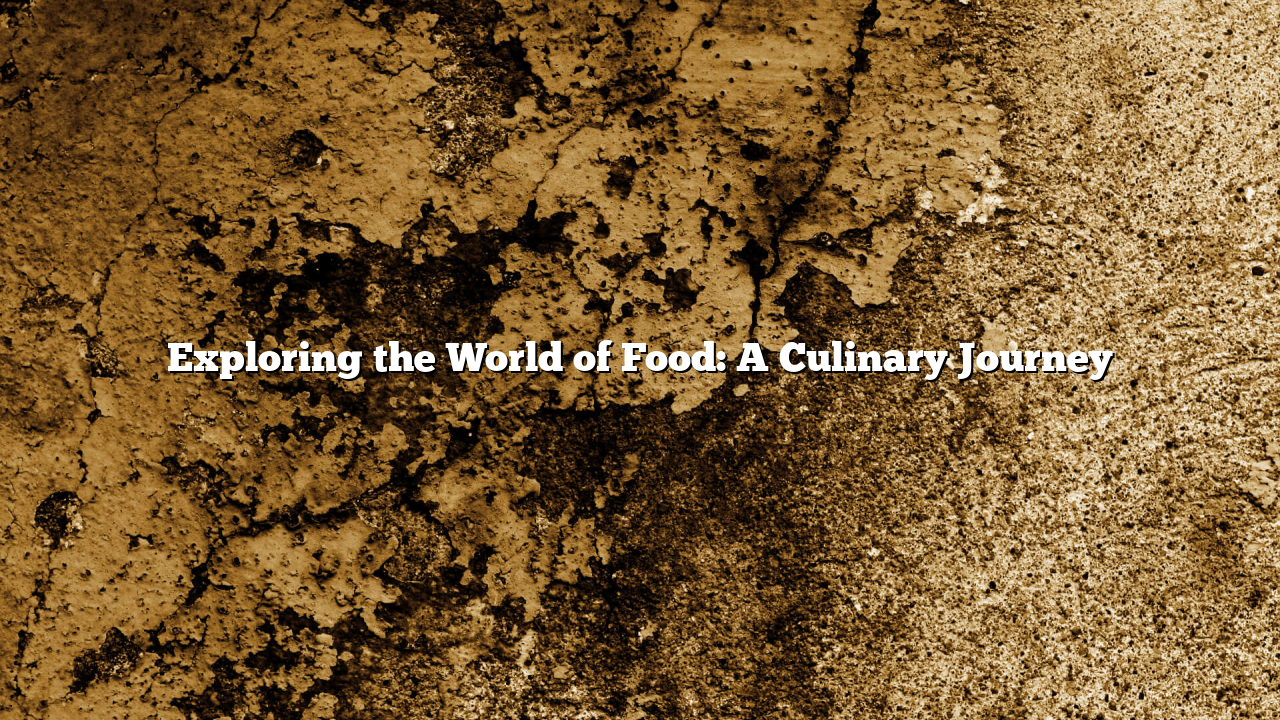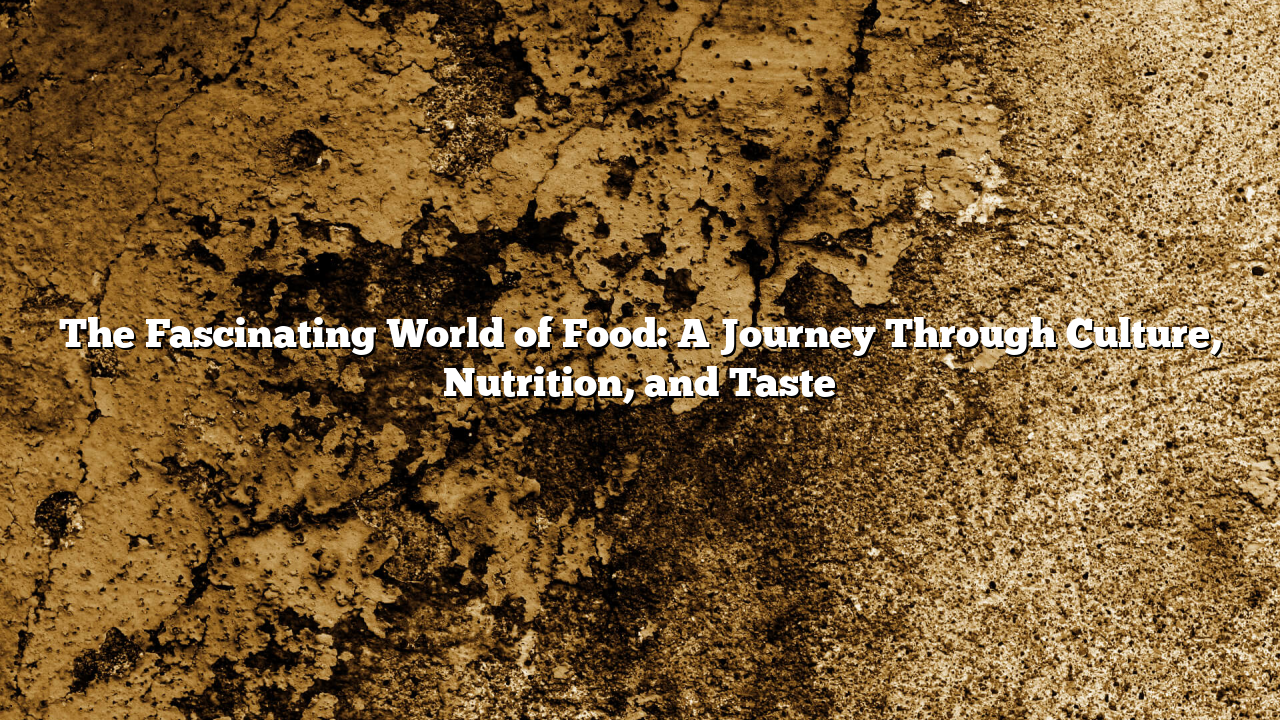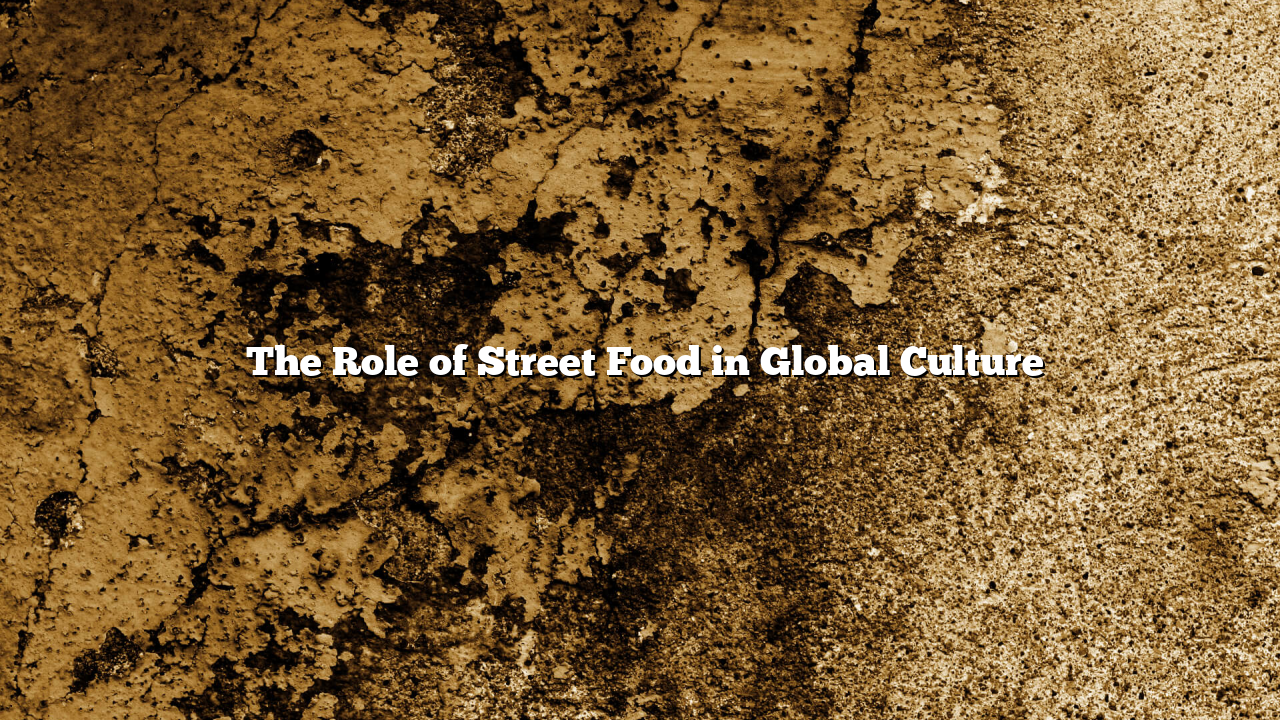Food is an essential part of human life. It sustains us, nourishes us, and brings joy to our
daily experiences. From the simplest of meals to the most elaborate dishes, food is
intertwined with culture, history, and personal memories. It is more than just fuel for the
body—food is a reflection of identity, a way of expressing love, and a medium through which
people connect. In this article, we will explore the importance of food, its diverse cultural
significance, and how it influences our well-being and social connections.
The Role of Food in Sustaining Life
At its most basic level, food serves the vital purpose of sustaining life. It provides the
nutrients and energy required for the body’s many processes, from breathing and digestion
to movement and growth. Every meal we consume contains a combination of macronutrients
(carbohydrates, proteins, and fats) and micronutrients (vitamins and minerals) that support
various functions in the body. For instance, carbohydrates provide the body with energy,
while proteins help build and repair tissues. Fats play a crucial role in hormone regulation
and the absorption of certain vitamins, and minerals like calcium and iron are essential for
bone health and blood circulation.
Without these nutrients, our bodies would not be able to function optimally. This is why a
balanced diet is so important, ensuring that we consume the right types of foods in the right
amounts to maintain health and vitality. Malnutrition, caused by a lack of essential nutrients,
can lead to a range of health issues, from weakened immune systems to impaired cognitive
function. Therefore, food is a fundamental aspect of both survival and quality of life.
Food and Culture: A Reflection of Identity
Food is deeply connected to culture and identity. It serves as a reflection of where we come
from, who we are, and the traditions we uphold. Every culture has its own distinct culinary
practices, flavors, and ingredients that have been passed down through generations. These
dishes are often tied to historical events, religious practices, or the availability of local
resources.
For example, in Italy, pasta is a symbol of national pride and is featured in countless regional
variations. The ingredients, cooking methods, and even the way pasta is served reflect the
country’s rich cultural history. In Japan, sushi, with its delicate preparation and artistic
presentation, represents the country’s reverence for nature and precision. Similarly, Indian
cuisine offers a rich tapestry of flavors, with its intricate use of spices, herbs, and cooking
techniques that have been perfected over thousands of years.
Food can also serve as a marker of identity within specific communities. For instance,
Jewish cuisine is deeply intertwined with religious customs, such as the observance of
kosher laws. Likewise, many African American dishes, like fried chicken and cornbread, hold
historical significance, representing a blend of African, European, and Native American
culinary traditions. As we celebrate the diversity of world cuisines, food reminds us of the
rich cultural heritage that shapes our experiences and identities.
The Social Aspect of Food
Beyond its nutritional value, food plays an important role in social interactions and
community building. Sharing meals with family and friends fosters a sense of connection and
belonging. It is often at the dinner table that relationships are strengthened, memories are
made, and meaningful conversations take place.
Throughout history, food has been a central part of social gatherings and celebrations. In
many cultures, communal meals are a time to connect, celebrate, and show hospitality. For
example, in the Middle East, large platters of mezze (small appetizers) are often shared
among friends and family. Similarly, Thanksgiving in the United States is a time when
families come together to share a meal and give thanks for their blessings. Food also plays a
role in religious rituals, such as the breaking of the fast during Ramadan or the Passover
Seder meal.
The concept of “breaking bread” together transcends cultures and is a universal symbol of
friendship and camaraderie. Sharing piala88 creates bonds that go beyond the physical act of
eating. It nurtures relationships, promotes empathy, and cultivates a sense of community.
The Influence of Food on Health and Well-Being
The foods we consume have a direct impact on our health and well-being. A balanced diet is
essential for maintaining a healthy weight, promoting good mental health, and reducing the
risk of chronic diseases such as heart disease, diabetes, and cancer. On the other hand,
poor dietary habits, such as consuming too many processed foods, sugars, and unhealthy
fats, can lead to obesity and other health problems.
Nutritionists and health experts often emphasize the importance of eating a variety of whole,
nutrient-dense foods. Fresh fruits and vegetables, whole grains, lean proteins, and healthy
fats should form the foundation of our diets. By making mindful food choices, we can
improve our energy levels, enhance our immune systems, and protect ourselves from the
harmful effects of chronic diseases.
In addition to physical health, food also plays a significant role in mental well-being. The
gut-brain connection is well-documented, showing that the foods we eat can influence our
mood, stress levels, and cognitive function. For instance, foods rich in omega-3 fatty acids,
like salmon and walnuts, are linked to improved brain health and a reduction in symptoms of
depression. A balanced diet can help maintain stable blood sugar levels, which can prevent
mood swings and irritability.
The Future of Food
As we look to the future, the way we approach food is evolving. Climate change,
environmental sustainability, and technological advancements are shaping the food industry.
The rise of plant-based diets, for instance, is driven by concerns over animal welfare and the
environmental impact of meat production. Alternative protein sources, such as lab-grown
meat and plant-based substitutes, are gaining popularity as more people seek to reduce
their carbon footprint.
Similarly, food innovation is embracing technology. From 3D-printed food to vertical farming,
advancements in food production are changing the way we grow, prepare, and consume
food. These innovations hold the potential to address issues like food insecurity and
sustainability, making it possible to feed a growing global population while minimizing
environmental damage.
Conclusion
Food is more than just a means of sustenance; it is a powerful tool that connects us to our
culture, our loved ones, and our well-being. It nourishes our bodies, reflects our identities,
and fosters social connections. As we navigate the future of food, it is important to remain
mindful of the choices we make, both for our health and the planet. By embracing diverse
culinary traditions, prioritizing balanced diets, and exploring new food technologies, we can
continue to enjoy the pleasures of food while contributing to a healthier, more sustainable
world.
Exploring the World of Food: A Culinary Journey











Leave a Reply